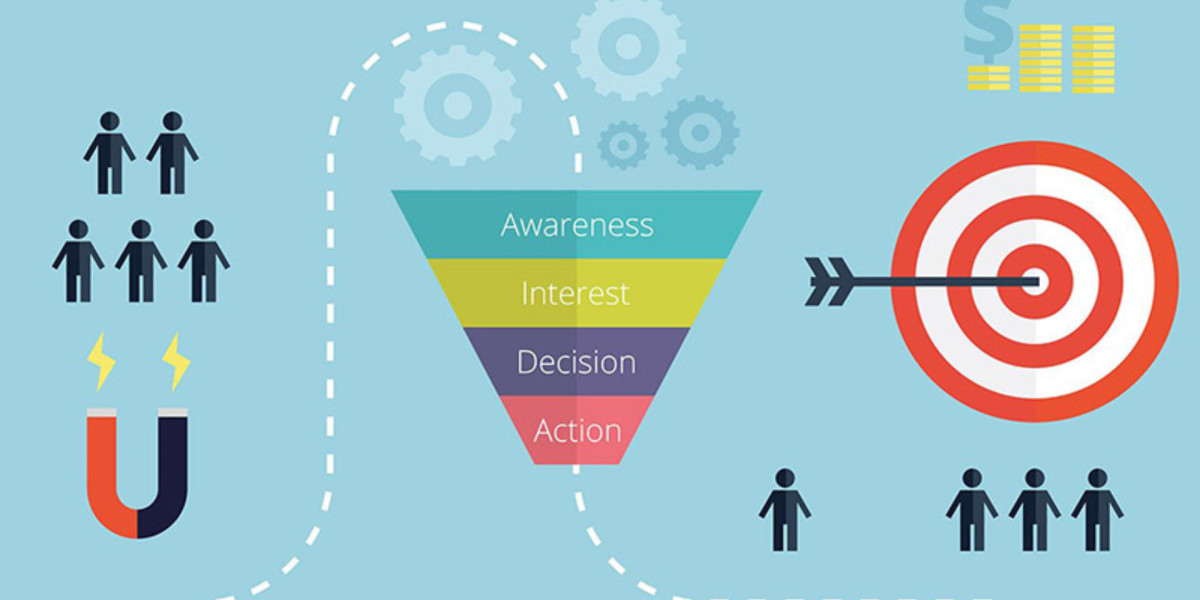In 2025, buying behavior has changed — drastically. The traditional B2B sales funnel, once linear and predictable, is now messy, self-directed, and largely digital. By the time a prospect fills out a form or books a demo, they’ve already consumed content, compared vendors, and formed opinions. In fact, 65%+ of the buyer’s journey now happens anonymously, before a company ever sees the lead.
This shift has propelled intent data to the center of modern go-to-market (GTM) strategies.
No more guessing who's ready to buy.
No more wasted outbound.
No more "spray-and-pray" email campaigns.
Intent data helps revenue teams understand which accounts are actively researching problems you solve, what topics they’re interested in, and how close they are to making a buying decision.
Overview
In this tutorial, we will be detailing:
What intent data really is — and what it is not
Different types of intent data and how they work
How companies use it across marketing, sales, and RevOps
The technology and infrastructure required to get it right
Real-world scenarios and implementation frameworks
How to measure success and avoid the biggest pitfalls
What is B2B Intent Data?
Intent data is the information that uncovers when a business is actually researching a product, category, or topic, which signifies purchase readiness.
Instead of relying on form fills or cold outbound, intent data brings to the surface hidden signals like:
| Buyer’s Behavior | Signal Revealed |
|---|---|
| Reading comparison blogs | They’re comparing vendors |
| Visiting pricing pages | They’re budget-ready |
| Watching product demos on YouTube | They’re exploring usability |
| Searching for solution keywords | They have an urgent problem |
Intent data tells you who is researching, what they care about, and how interested they are.
Types of B2B Intent Data (In 2025)
Understanding these three main categories is essential:
1. First-Party Intent Data (Owned Signals)
These are behavioral signals collected directly from your assets:
Website activity
Email engagement
Webinar/virtual event participation
Product usage (PLG)
This data is highly accurate but limited to people already in your ecosystem.
2. Second-Party Intent Data (Partner Signals)
Data shared between two trusted companies.
Example:
If your webinar partner shares attendee engagement data — that's second-party intent.
This data is high-quality but requires partnerships.
3. Third-Party Intent Data (Out-of-Ecosystem Signals)
Collected from across the open web:
Media sites
Review platforms (G2, Capterra, TrustRadius)
Research networks (Bombora, Demandbase)
Industry communities
This helps reveal anonymous buyers researching your solution before they’ve ever touched your website.
Why Intent Data Matters Now More Than Ever
The environment for GTM has changed.
| Old Model | Buyer Reality 2025 |
|---|---|
| Outbound-first | Buyer research-first |
| Volume of leads focus | Pipeline effectiveness focus |
| Broad targeting | Micro-segmented account priority |
| SDR manual research | AI-driven scoring & prioritization |
| Inbound MQL bottlenecks | Multi-signal buying readiness scoring |
Revenue teams must now prioritize accounts with the highest likelihood to convert.
Intent data makes this possible.
How Intent Data Powers Your GTM Strategy
1. Account Prioritization
Replace large, unfiltered target lists with active, in-market accounts.
2. Relevance of Messaging
Intent topics tell you what buyers care about right now.
3. Personalization at Scale
Industry → content
Interest → narrative
Buying stage → CTA
4. Efficient Outbound
Sales engages warm accounts instead of cold lists.
5. Pipeline Forecast Accuracy
Intent surges correlate with deal creation.
How to Operationalize Intent Data Across Teams
Marketing Execution
| Use Case | Example Execution |
|---|---|
| Targeted content distribution | Nurture based on topic interest |
| Ad campaign precision | Run ABM ads only to in-market accounts |
| SEO Strategy Alignment | Extrapolate problem-intent keywords |
| Webinar and event planning | Create events tied to trending research themes |
Sales Execution
| Use Case | How It Works |
|---|---|
| Account prioritization | Rank accounts by intent score |
| Trigger-based outreach | SDR notified when activity spikes |
| Personalized outreach | Reference research pain points |
| Deal acceleration | Share competitor comparisons or ROI tools |
RevOps Execution
| RevOps Impact | Operational Change |
|---|---|
| CRM data enrichment | Attach intent scores to accounts |
| Lead routing | Route high-signal accounts to strong reps |
| Pipeline health tracking | Monitor surges to predict revenue |
| Attribution modeling | Add intent-touch components |
Tech Stack & Data Infrastructure (2025 Best Practices)
| Category | Tools / Platforms |
|---|---|
| ABM & Intent Engines | Demandbase, 6sense, Bombora, ZoomInfo, Clay |
| Buyer Review Data | G2, TrustRadius |
| CRM | Salesforce, HubSpot |
| Sales Engagement | Outreach, Apollo, Salesloft |
| CDP / Enrichment | Clearbit, LeadIQ, UserGems |
| Product Analytics | Mixpanel, Pendo |
The key is integration: intent data must flow into CRM, scoring, routing, and outreach.
Intent Scoring Model: How to Rank Buying Readiness
Intent Score =
(Topic Intent * Weight) + (Web Activity * Weight) + (Email Engagement * Weight) + (Firmographic Fit Score)
| Signal | Weight |
|---|---|
| Category Search Intent | 40% |
| Pricing Page Visits | 25% |
| Competitor Comparison Reads | 15% |
| Past Engagement History | 10% |
| ICP Fit Score | 10% |
Real-World Success Example
Company: Mid-Market Cybersecurity SaaS
Problem: Low outbound conversion (1.2%) and long sales cycles.
What Changed:
Integrated Bombora + G2 intent signals
Built ICP + fit scoring model
Routed high-intent accounts to SDR pods
Activated LinkedIn retargeting only for surging accounts
| Metric | Before | After |
|---|---|---|
| Outbound Reply Rate | 3% | 18% |
| Sales Cycle Length | 90 days | 52 days |
| Win Rate | 14% | 27% |
| Pipeline Growth | — | +42% in 1 quarter |
Intent → Precision → Pipeline → Revenue.
Common Mistakes to Avoid
| Mistake | Fix |
|---|---|
| Buying intent data without operational readiness | Integrate CRM + scoring first |
| Treating intent as a lead list | Convert into triggers and sequences |
| Overdependence on third-party data | Balance with first-party insights |
| No messaging personalization | SDR playbooks must reference intent topics |
Conclusion: Intent Data Is No Longer Optional
In 2025, the companies that win are not the loudest — they are the ones listening the best.
Intent data turns noise into signal.
It turns GTM from guesswork into precision.
It aligns sales, marketing, and RevOps around real demand.
The competitive advantage is not more leads — but the right leads, at the right moment, with the right message.








